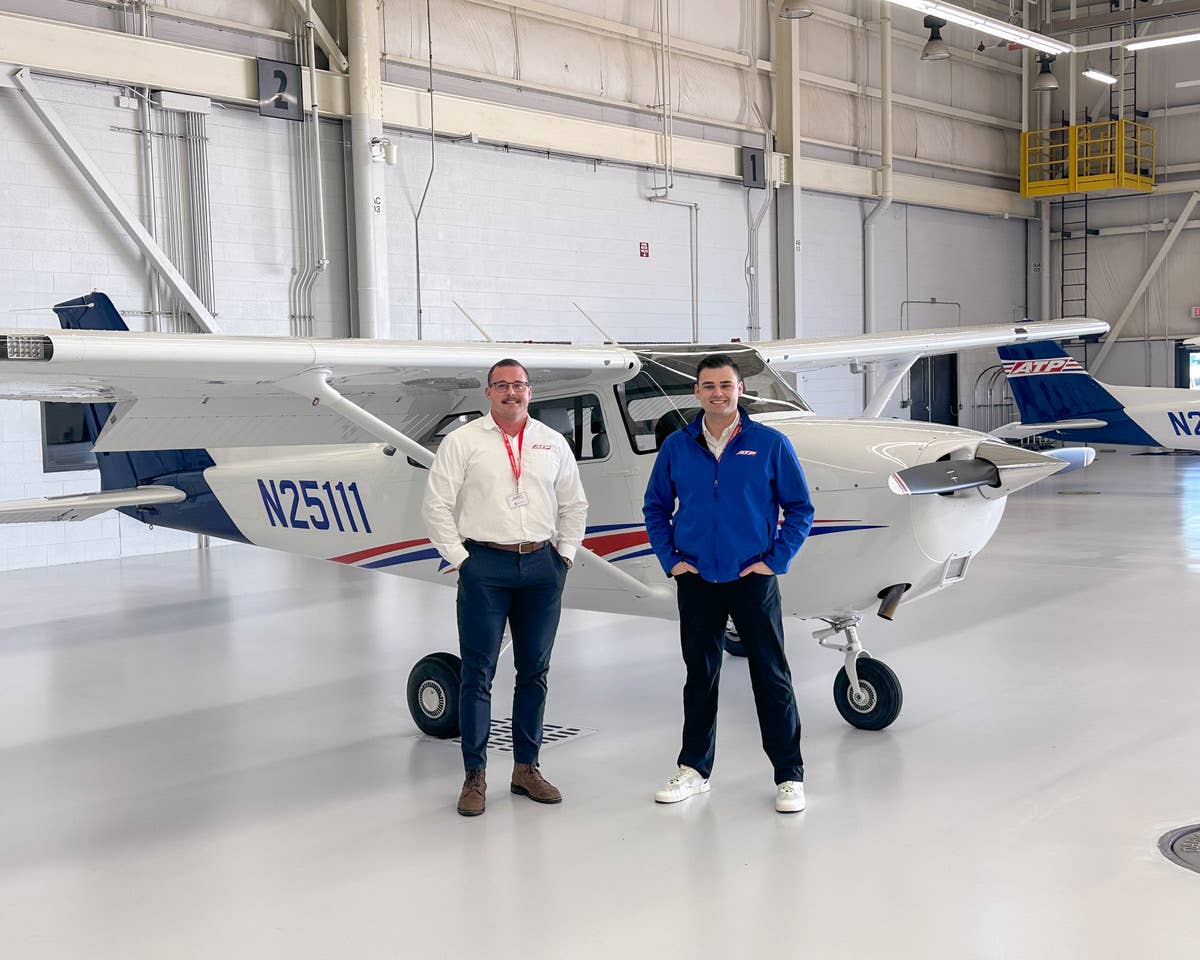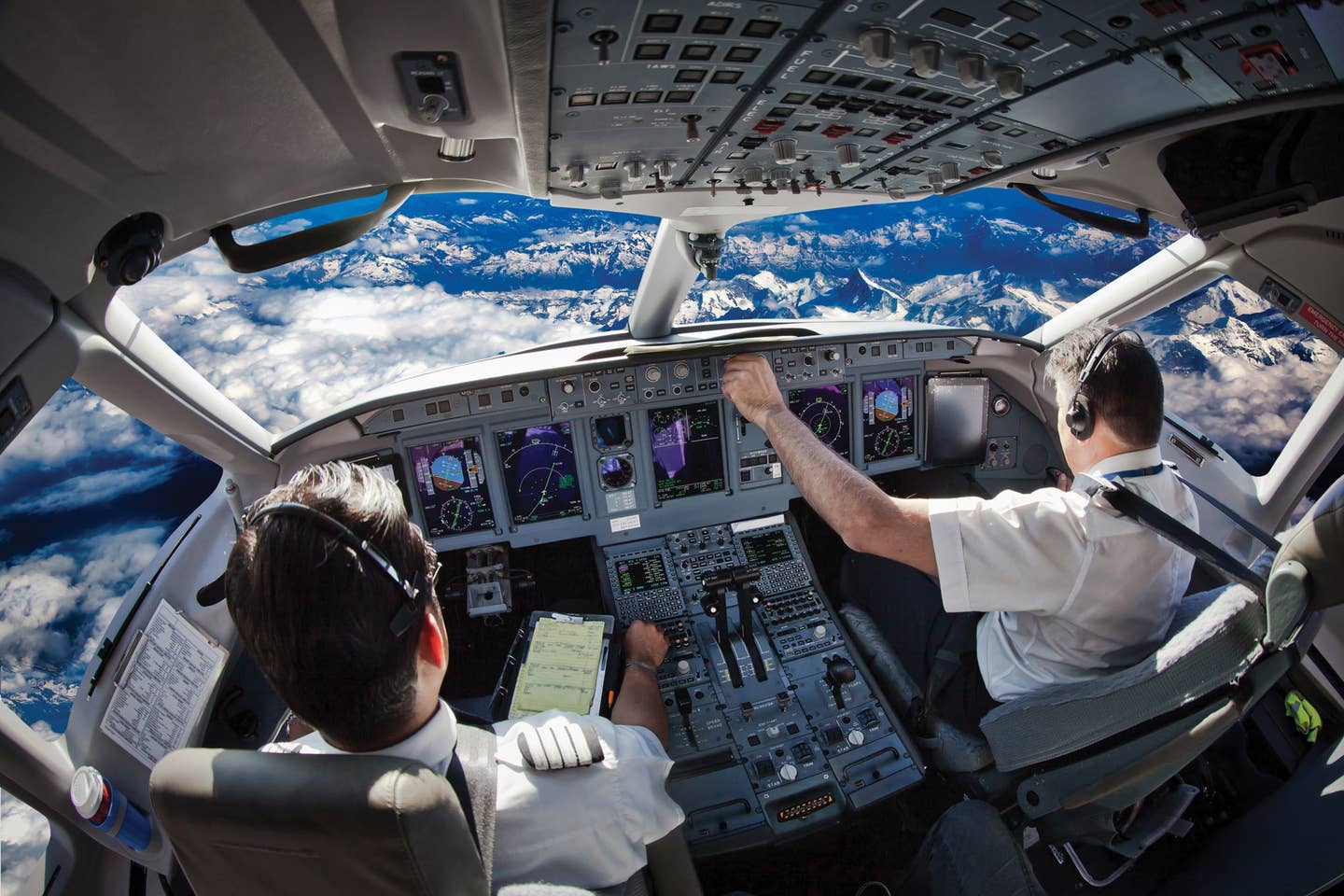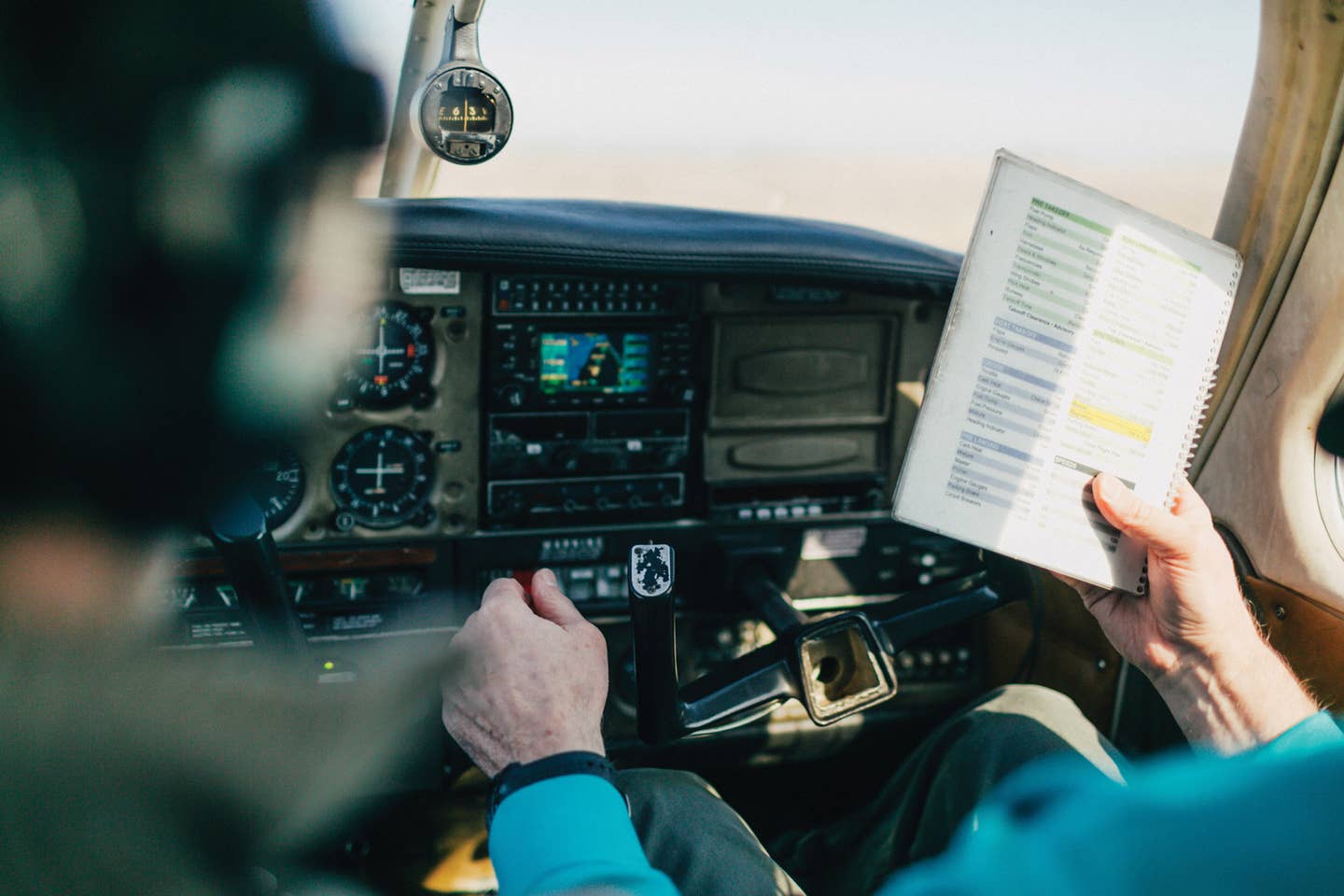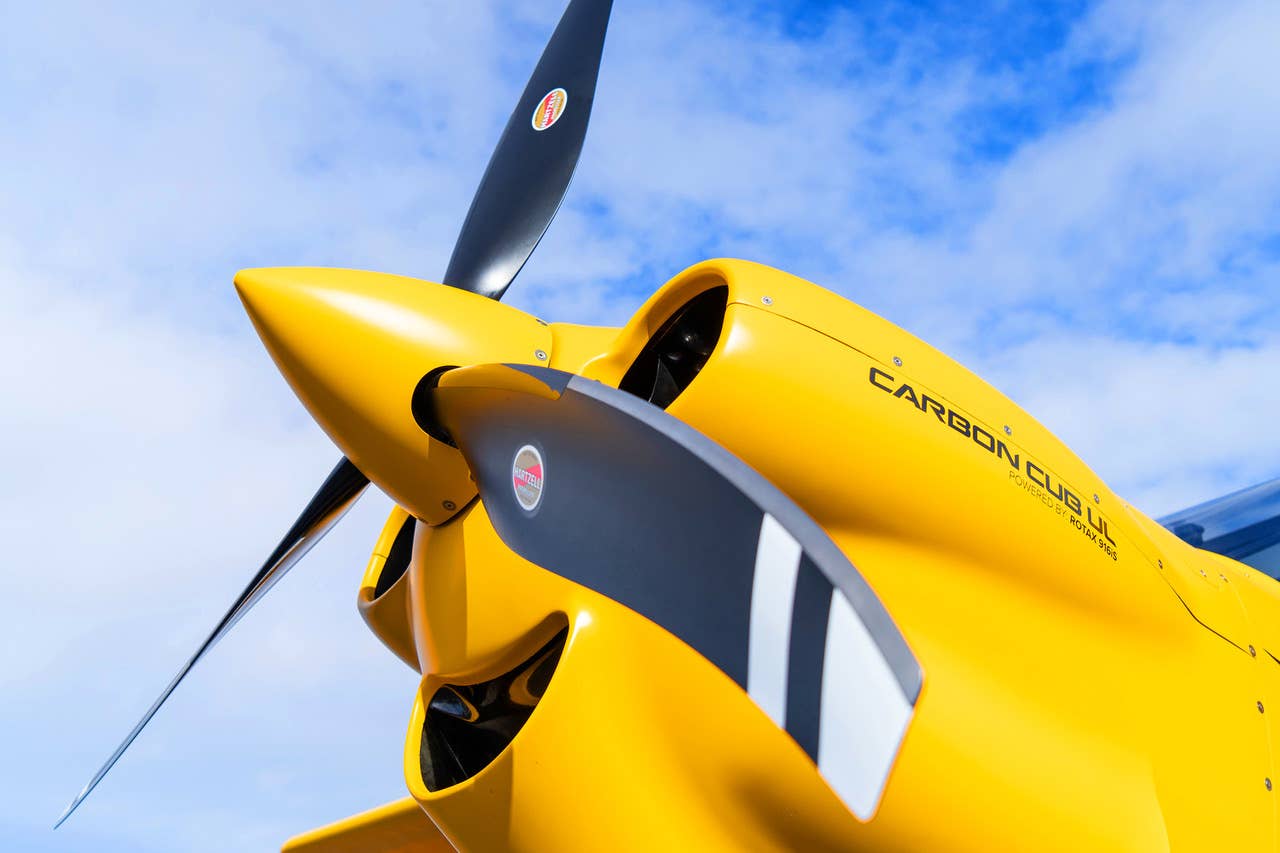Light-Sport Aircraft”A New Way To Adventure
For fun flying, nothing beats LSA
 ICON A5 |
Since the introduction of the sport-pilot certificate in 2005, light-sport aircraft (LSA) have been eyed with a mixture of hopeful optimism and cautious indifference. At first, the whole idea of light-sport aircraft was viewed with suspicion, largely because of the reputation that ultralight aircraft had gained in the 1970s. During that decade of hang-glider accidents and cobbled-together designs, ultralights were seen as dangerous toys for "amateur" pilots. However, LSA are far beyond ultralights (the FAA created a different definition for ultralight aircraft), and have found a place in the hangars and hearts of many aviators. Light-sport aircraft are here to stay and are growing in popularity in ways nobody thought possible.
When the sport-pilot certificate was created, the idea was to bring more people into aviation by introducing an affordable alternative to the privatepilot rating. There are thousands of people who love to fly and have no aspirations of adding ratings, working for an airline or flying higher-performance aircraft. Indeed, FAA studies conclude that most of our general aviation flying is done alone or with another occupant in the aircraft. There are plenty of solitary pilots looking over their shoulders at five empty seats in their Bonanzas who would agree with the FAA.
What Do You Do With An LSA?
Light-sport aircraft go hand in hand with the sport-pilot rule. Intended as fun aircraft that are easy to fly and maintain, LSA have lived up to that expectation. Though not quite as affordable as everybody hoped (they're still in the $100,000 range and beyond), they're fun to fly---in many cases, more so than standard aircraft. And the designs keep getting better.
If you've ever had a hankering to own a P-51 Mustang (and who hasn't?), but can't foot the $2 million bill, there's an LSA for you. Check out the FK51 Mustang from FK-Lightplanes. Need a James Bond-like seaplane to whisk you and your significant other to a romantic dinner complete with a water landing and a picnic on the shores of a quiet lake? Consider the innovative Icon A5 with its BMW interior and spin-proof wing design. Want a Piper Cub that's faster, more comfortable, more powerful and more capable than the original? You have a slew of Cub clones from American Legend Aircraft, CubCrafters and others. LSA are the biggest kick in the pants aviation has had since GPS was invented.
The real shame in the light-sport world is that most pilots don't know what an LSA can do. All around aviation, LSA are excelling at what their larger, heavier and faster brethren can do: provide unmatched adventure.
In The Bahamas, LSA are making the ocean crossings on a daily basis, even sponsoring mass fly-ins to these amazing islands. Manufacturers such as Sling are flying their LSA across the globe, over oceans and deserts and relying on the increasingly bulletproof Rotax engines for their proven reliability. CubCrafters is making Cub clones that put Super Cubs to shame, operating out of tiny dirt strips across the mountain ranges and deserts of the West. Seaplane pilots are hoarding the Searey amphibians for their amazing water capability at an affordable price. Even aviation author extraordinaire Richard Bach flies a Searey. Everywhere, LSA are proving that they're a gateway to new adventures without the cost and complexity of standard aircraft, while maintaining safety, and adding reliability and low operating costs.
 Carbon Cub |
 Sun Flyer |
LSA 101
Let's try to clear up some of the confusion with what LSA are and what they aren't, and try to navigate the quagmire of certification categories related to light-sport aircraft.
It's important to note first that the light-sport aircraft category and class includes not only airplanes (land and sea), but also gyroplanes, airships, balloons, weight-shift-control craft (popularly called trikes), gliders and powered parachutes. Sport pilots may exercise their privileges in any of these (by adding that class, of course).
The FAA defines a light-sport aircraft as an aircraft other than a helicopter or powered lift that, since its original certification, continues to meet these requirements:
U.S. or foreign manufacture of light-sport aircraft is authorized by the FAA, and they receive a standard N-number when registered. LSA can be manufactured and sold ready-to-fly under the special light-sport aircraft (S-LSA) certification category. S-LSA are 100% factory-built aircraft that may be used for sport and recreation, flight training and aircraft rental. The key is that S-LSA aircraft are certified using industry consensus standards created with guidance from ASTM International and approved by the FAA. These aircraft may not be modified by the buyer unless approved by the manufacturer. This category of LSA today includes more than 125 different designs, including the popular Evektor SportStar and Flight Design CTLS.
LSA can also be licensed as experimental light-sport aircraft (E-LSA) if they're built from a kit or from plans. Aircraft under this certification may be used only for sport and recreation, and flight instruction for the owner of the aircraft. This category includes the kit version of many S-LSA aircraft. Both S-LSA and E-LSA may be flown at night and under IFR if properly equipped and maintained, and if the pilot is properly rated and trained.
One of the advantages of the LSA category is that aircraft with a standard airworthiness certificate that also meet LSA specifications may be flown by sport pilots as long as the aircraft remains in standard category (it can't be changed to light-sport aircraft category). This rule opens up several vintage aircraft to sport pilots. So, something like an Aeronca 7AC, a Taylorcraft BC-12D or a Piper J-3 Cub can be flown by a sport pilot since they're considered LSA.
A third category, experimental amateur-built (E-AB), includes some aircraft that fit LSA requirements. The E-AB category requires that the major portion of the aircraft must have been built by a person or group of persons solely for their own education and recreation (commonly referred to as the 51% rule). These aircraft can be flown under LSA regulations as long as they meet the LSA definition as outlined in FAR Part 1.1 and can only be used for sport or recreation. E-AB aircraft that meet the LSA definition include the Pietenpol Air Camper, Zenith 601, Sonex, and some Kitfox models.
 Searey |
Pilot Differences
The sport-pilot certificate is the golden ticket for the LSA world, while any rating beyond sport pilot may fly light-sport aircraft. Intended to reinvigorate the general aviation industry and bring long-dormant pilots back into the aviation fold, the sport-pilot certificate requires only a valid driver's license instead of an FAA medical certificate. That makes getting the certificate easier to earn and opens flying to many more people than ever before. Let's examine the differences between the private and sport-pilot requirements and privileges. (See chart below.)
The Latest On LSA
The LSA world is nothing if not dynamic. The number of designs available changes weekly, and it seems newer and more innovative designs appear monthly. New innovations come regularly, and the movers and shakers in aviation look more and more to LSA for growth opportunities.
Aviation university giant Spartan College of Aeronautics and Technology entered into an agreement with Aero Electric Aircraft Corp. in January of this year to purchase 20 Sun Flyer solar-electric training aircraft. Though the Sun Flyer isn't yet certified in the LSA category (they're considering FAR Part 23 certification), it's a major move of confidence in light, simple-to-fly aircraft. Spartan is even working with Redbird to develop a training approach for the aircraft.
The Terrafugia roadable aircraft (called the Transition) has been turning heads since it was introduced a few years ago. Ever since the old Jetsons cartoon show, people have been clamoring for a flying car, and Terrafugia seems to be delivering on the promise. In the latest news, the manufacturer has asked the FAA to allow them an exemption to the weight and stall speed limits of the LSA category, which the Transition will be certified in. They just might be successful since the FAA granted LSA manufacturer Icon (makers of the A5 amphibian), a 250-pound exemption to the 1,320-pound limit for LSAs. That bodes well for bringing the flying car to market in the near future.
Airliner giants Boeing and Airbus are exploring LSA and sinking their teeth into electric technology. Airbus has already been flying their E-Fan two-seat electric aircraft that looks business jet-like. Many speculate that Airbus has its eye on future small business aircraft powered by batteries. Airbus has since signed a further deal with Daher-Socata to develop an electric primary trainer to be called the E-Fan 2.0. Airbus says the E-Fan 2.0 will be the "first full-rate production electric aircraft in the world." The push in the electric LSA direction seems to indicate Airbus' interest in the technology for future airliners.
 Sling |
Meanwhile, Boeing has teamed up with a Cambridge University group in England led by Dr. Paul Robertson of the university's department of engineering. They're developing a hybrid light aircraft that utilizes a Honda four-stroke piston engine and an electric motor/generator, coupled through the same drive pulley to spin the propeller. During different phases of flight, either the piston engine or electric motor power the aircraft. The group is using an Airsport "Song" airframe for its hybrid experiments.
Following Europe's lead, the autogyro market (also known collectively as gyroplanes) is starting to grow in the United States. Formerly a little-known and perplexing vehicle, more pilots are starting to discover the benefits of these space pod-looking vehicles. Autogyros aren't helicopters since they neither hover nor take off vertically. Their rotors aren't powered by the engine and only autorotate, so the aircraft are powered by a pusher propeller. Safe, fast and economical, autogyros are a bright spot in the LSA world and, judging by the reaction to them at the Sebring Expo in January, they're an area to watch.
LSA Wrap-Up
Today, the light-sport market in the United States is about one-fifth the market for standard category aircraft. That 80/20 ratio is reversed in Europe, where general aviation looks very different (and even more expensive) from what we're used to. LSA industry watchers such as Dan Johnson (www.bydanjohnson.com) have forecasted significant growth in the light-sport market, with a projection of some 3,000 airframes per year in the United States. The market in Asia and Russia is just beginning to emerge and will likely look at LSA as the better alternative to half-million-dollar certificated aircraft.
It's difficult to predict where LSA will go and what the industry will do. While all isn't bright and rosy with LSA, they remain a fascinating element of general aviation. Electric LSA are the bright hope for making flying available to everyone, and it's an area that's moving rapidly. With innovative designs, a solid safety record, miserly operational costs and relative affordability, light-sport is a great way to experience flight.

Subscribe to Our Newsletter
Get the latest Plane & Pilot Magazine stories delivered directly to your inbox






